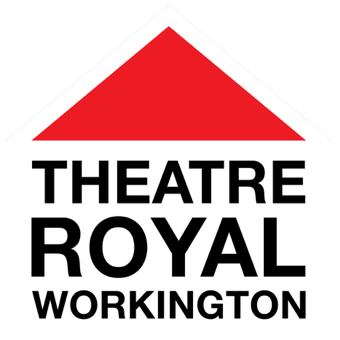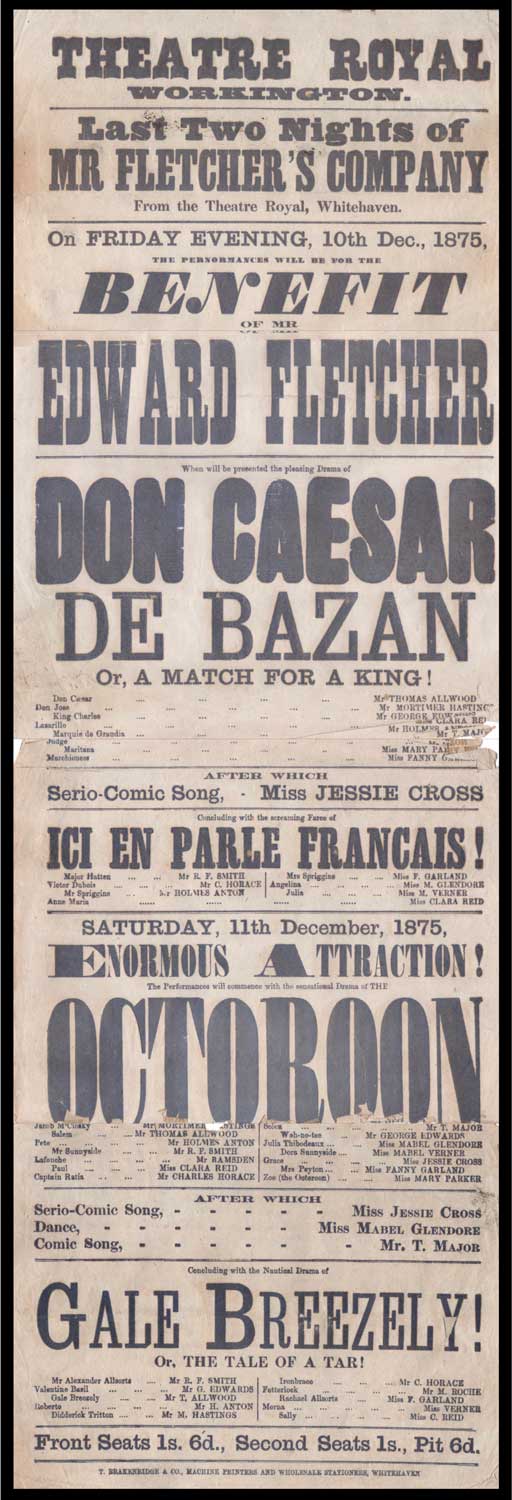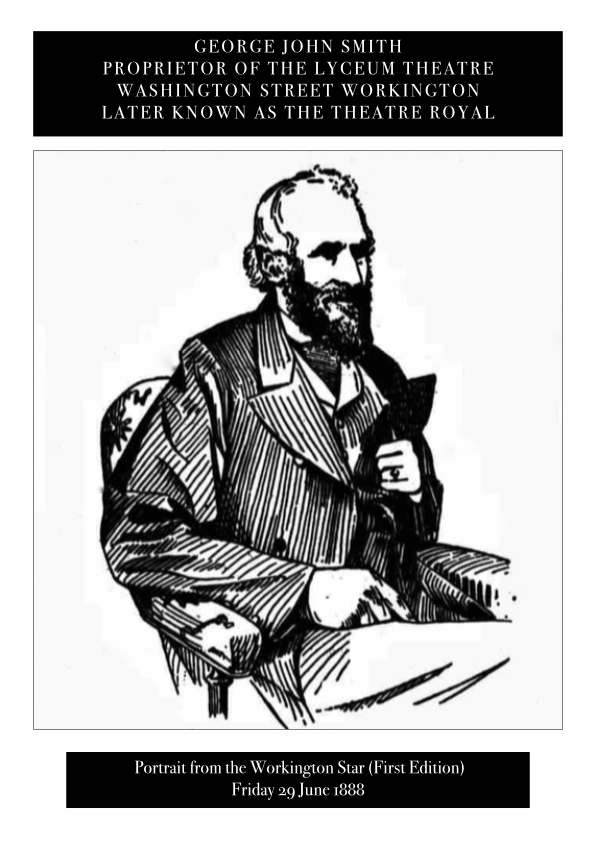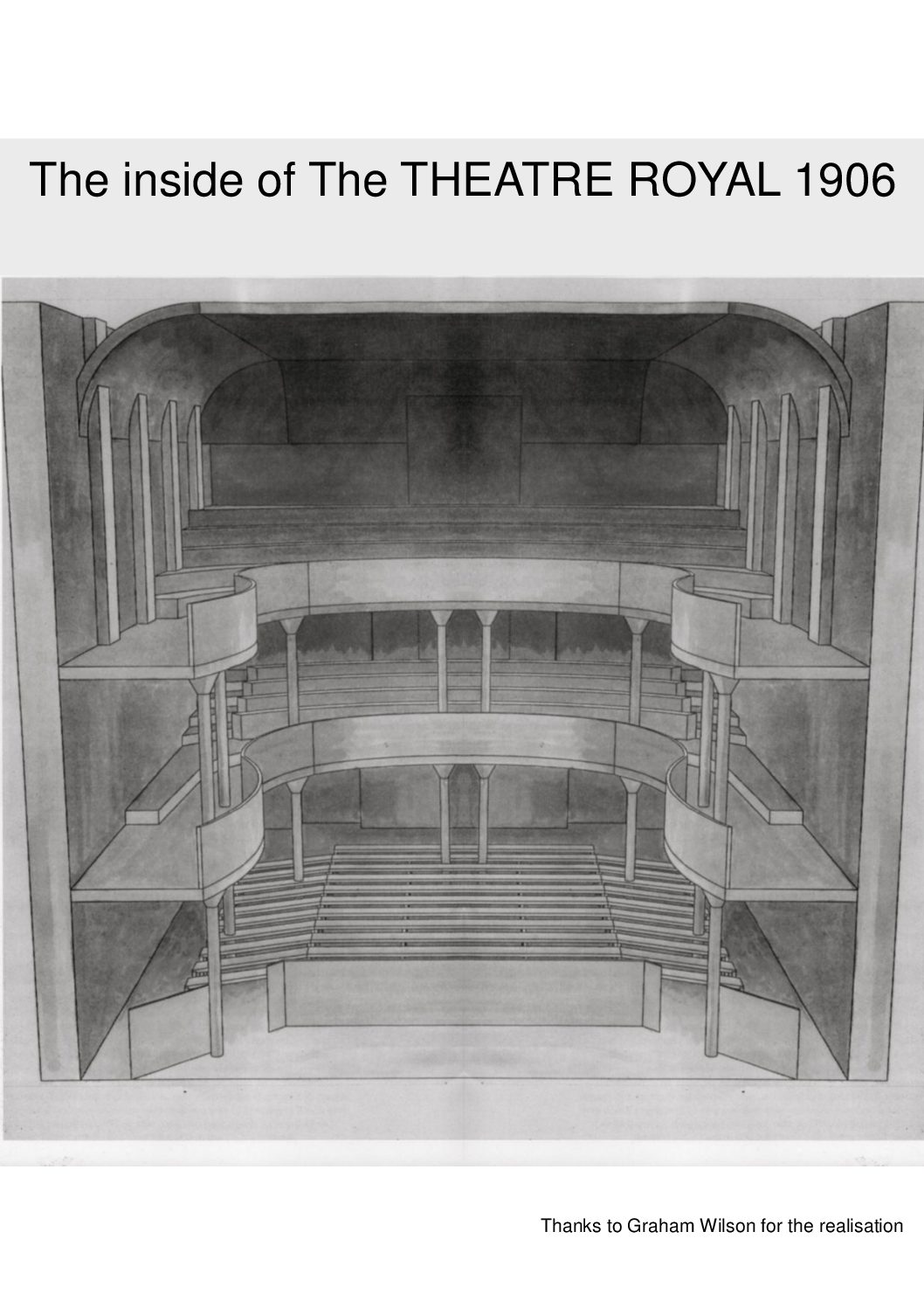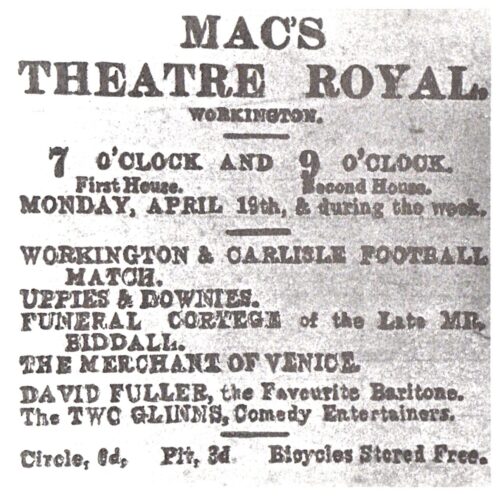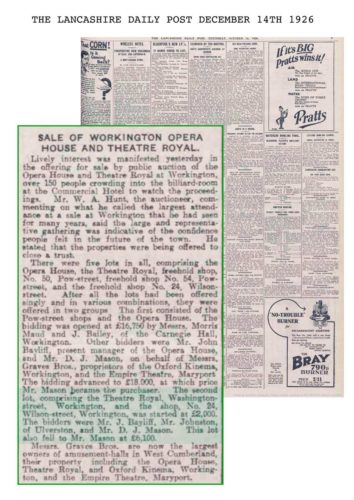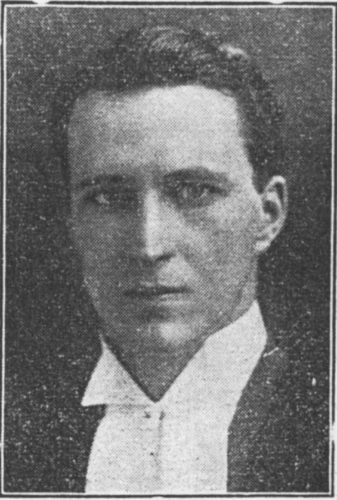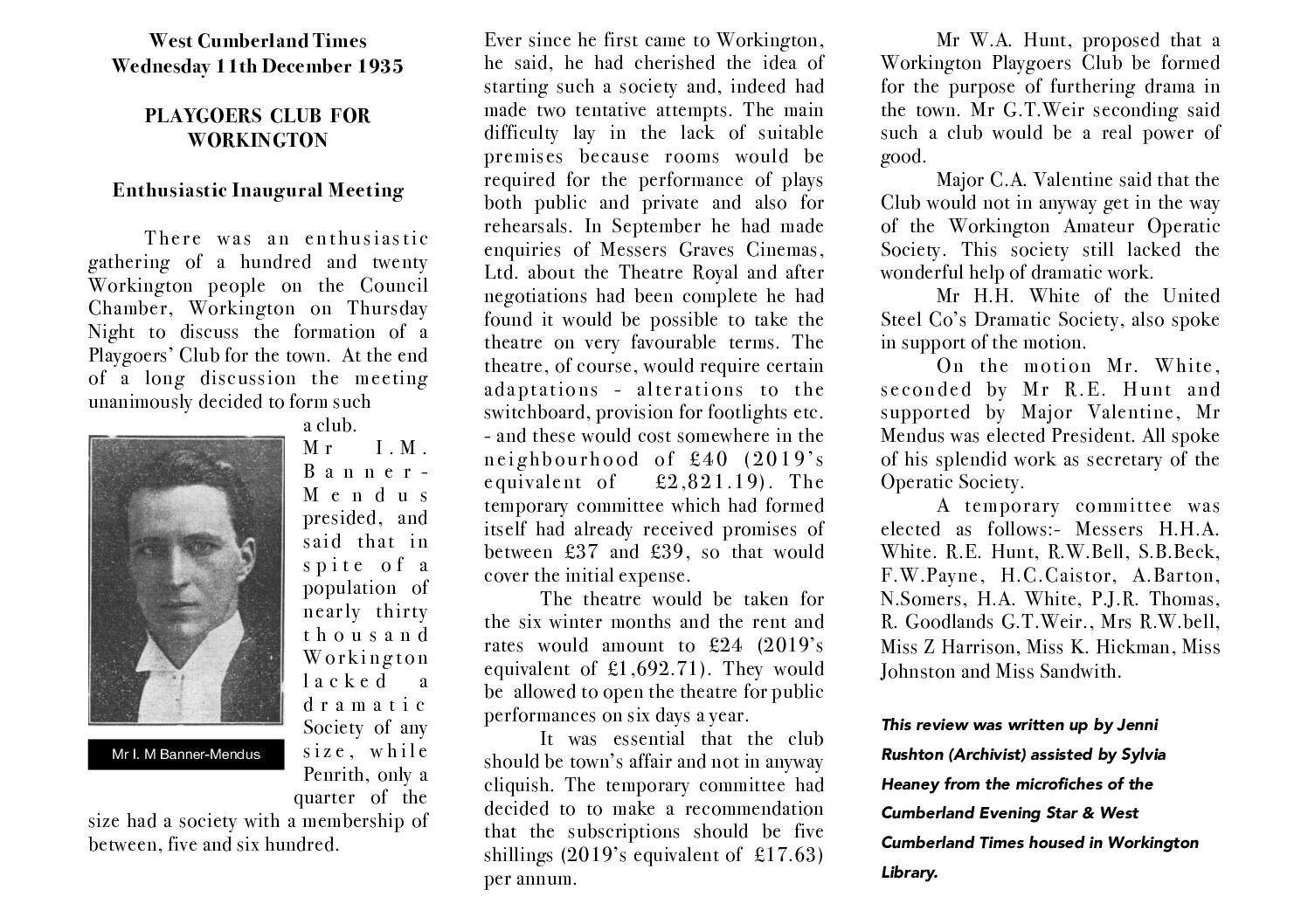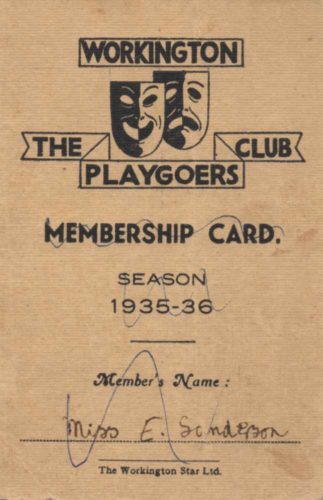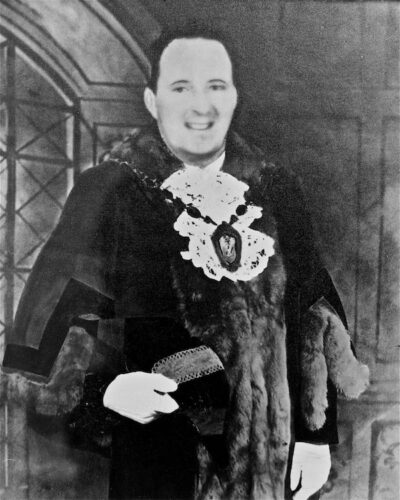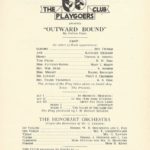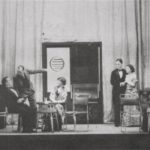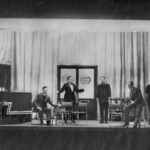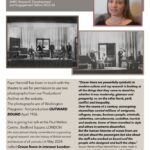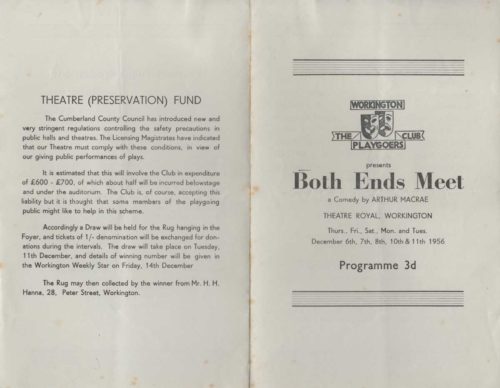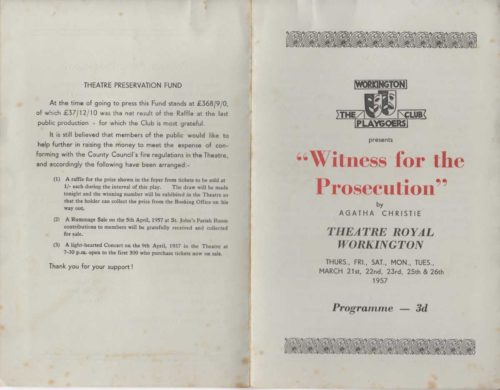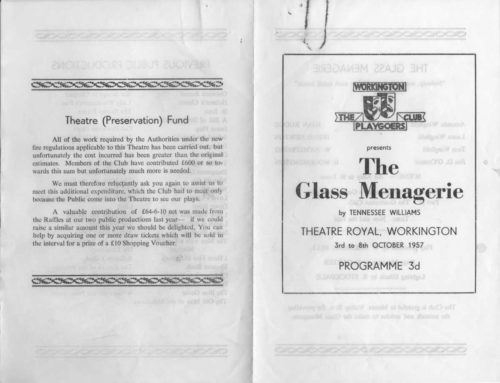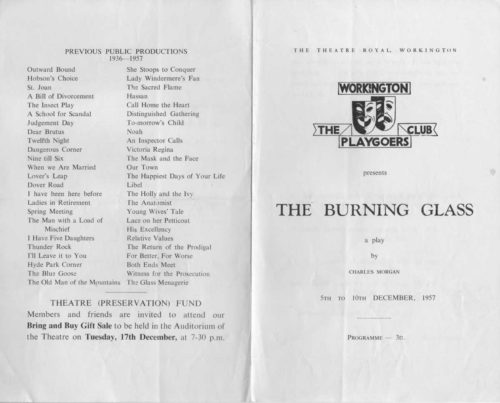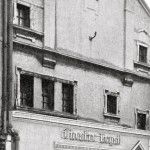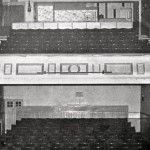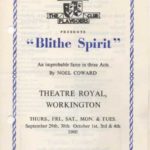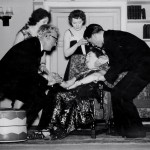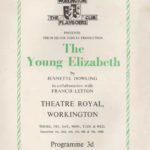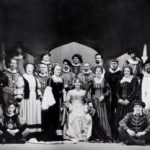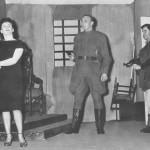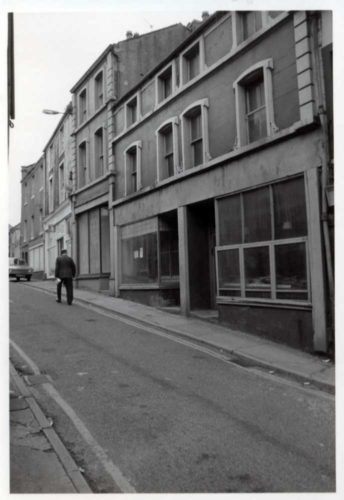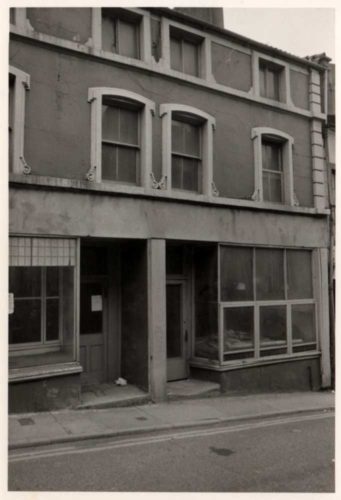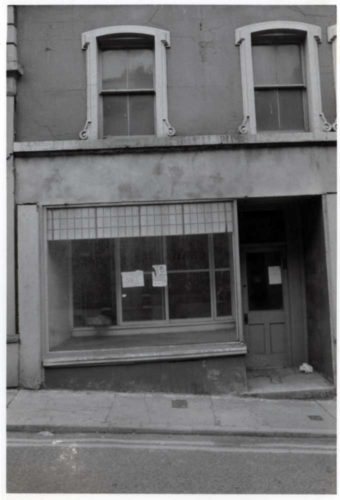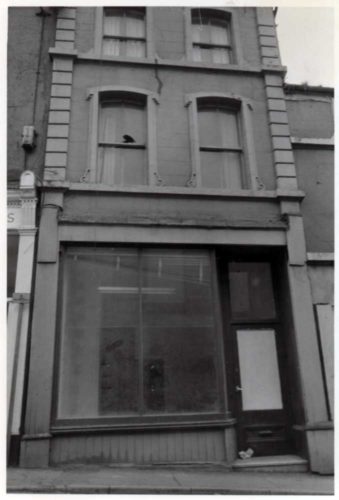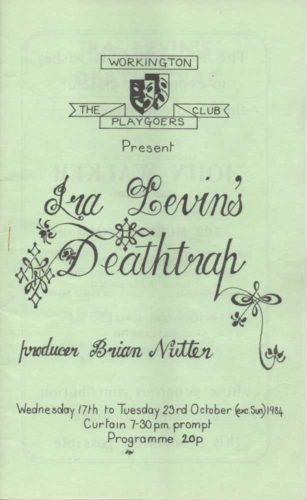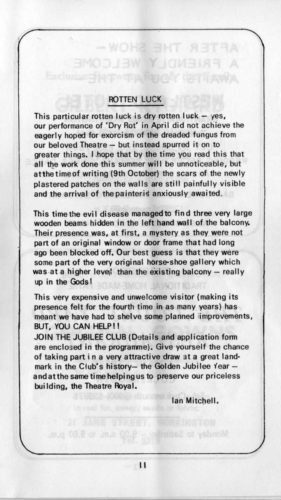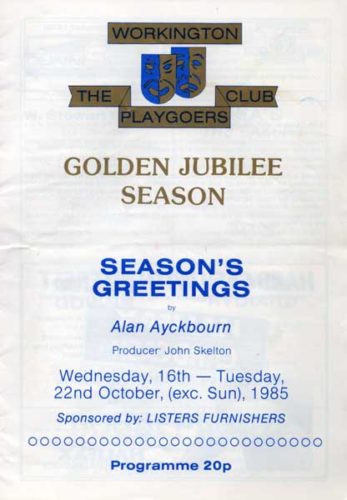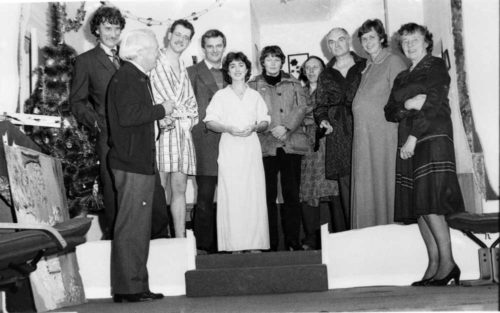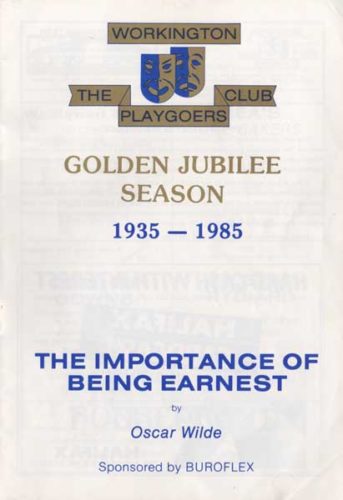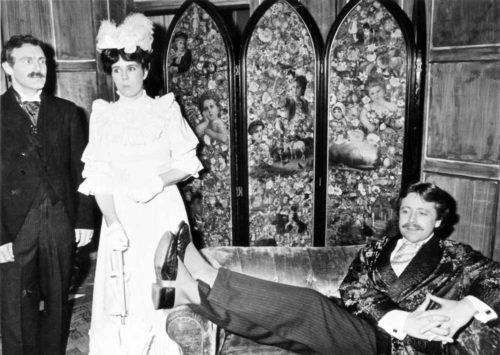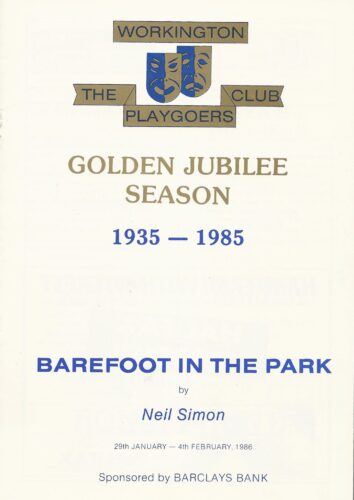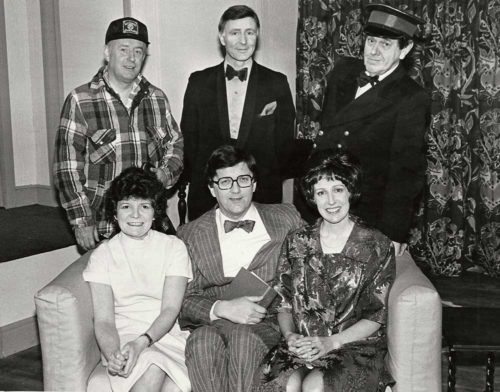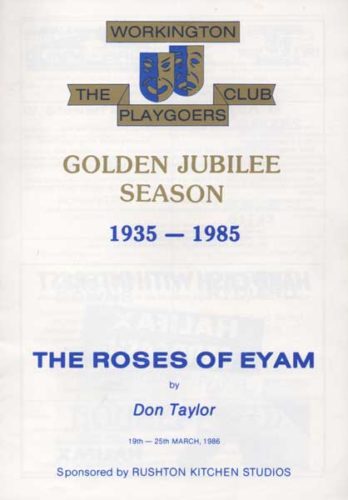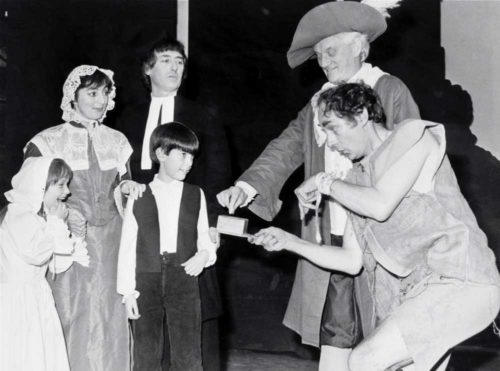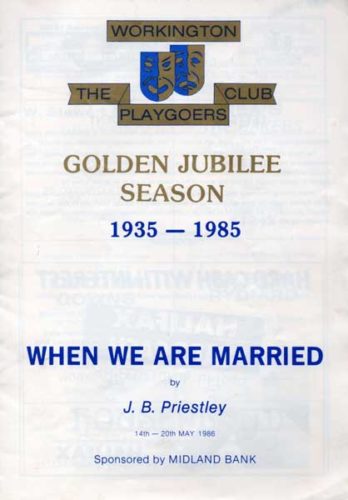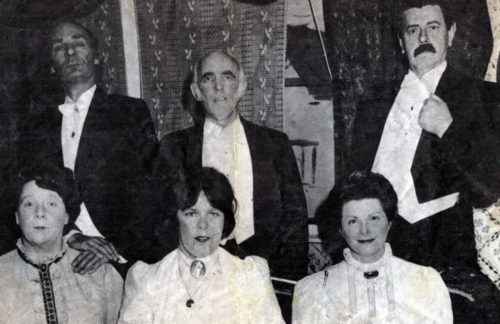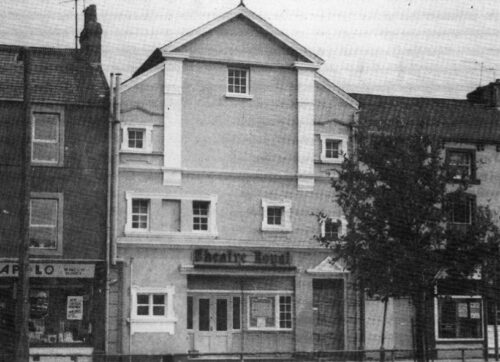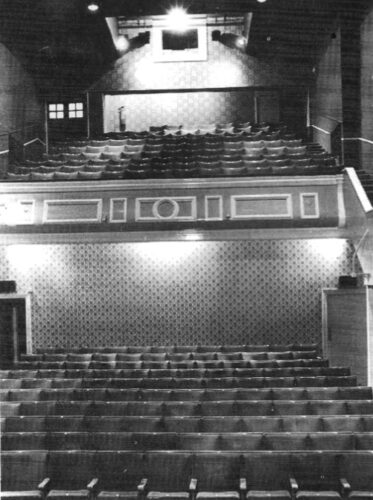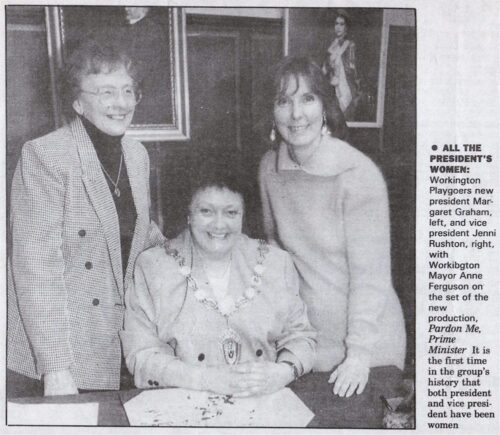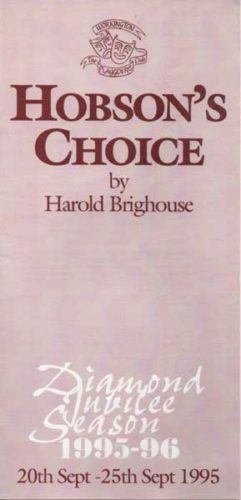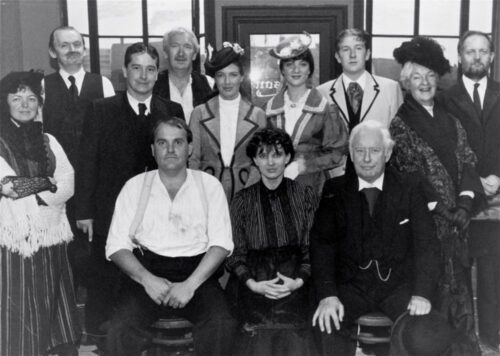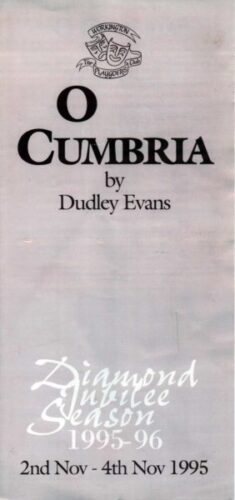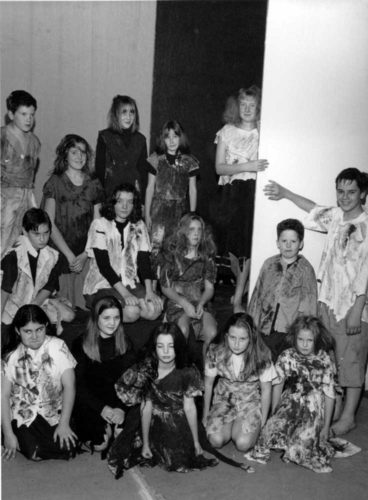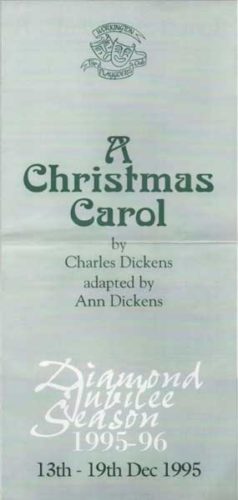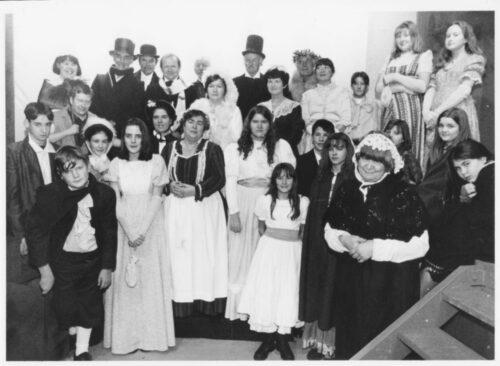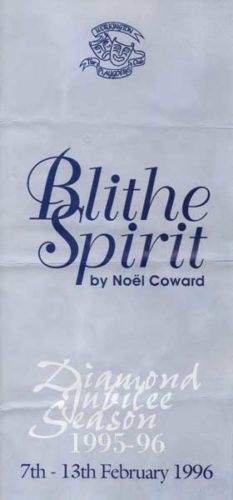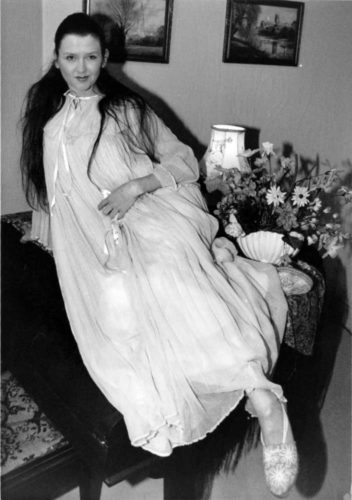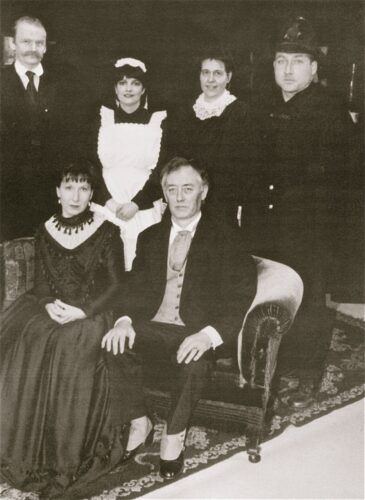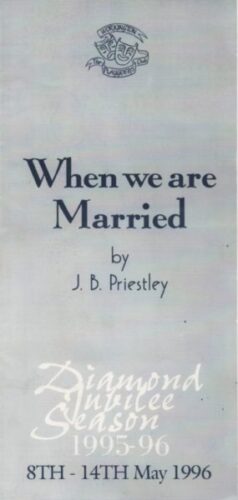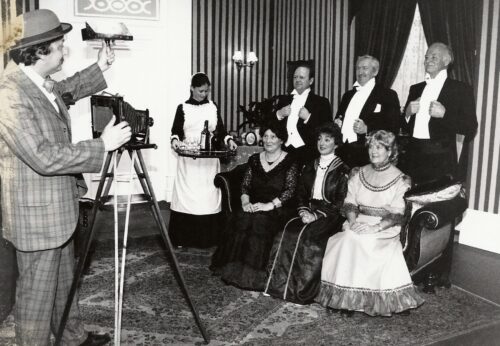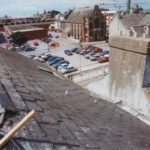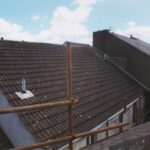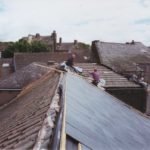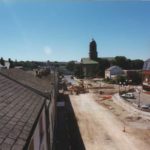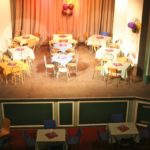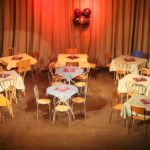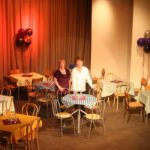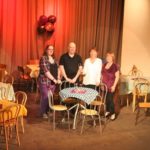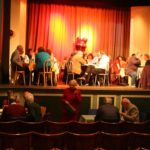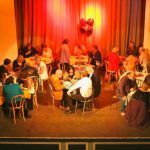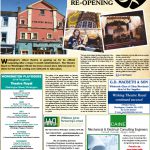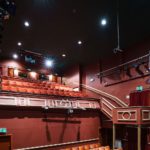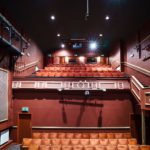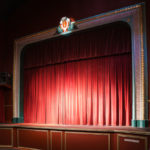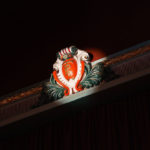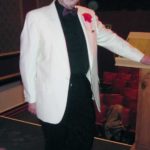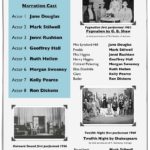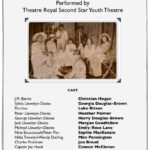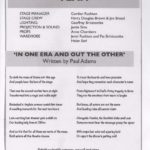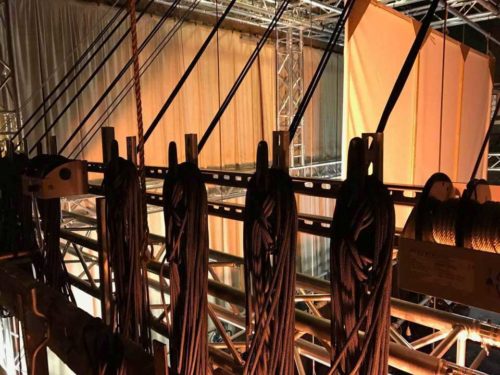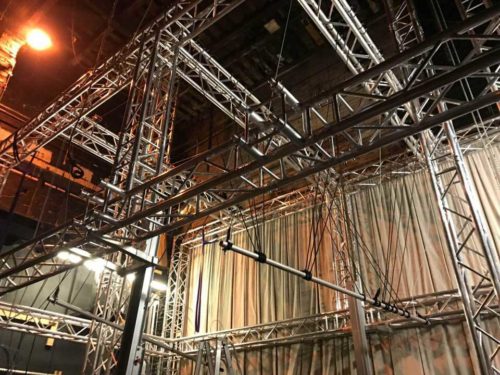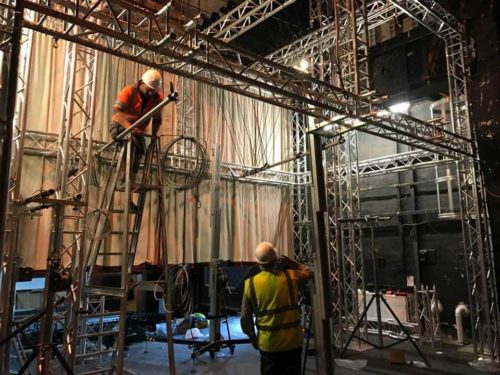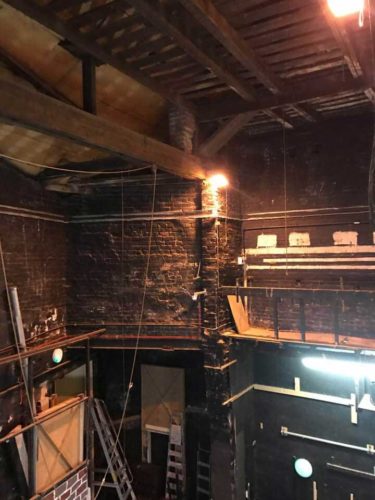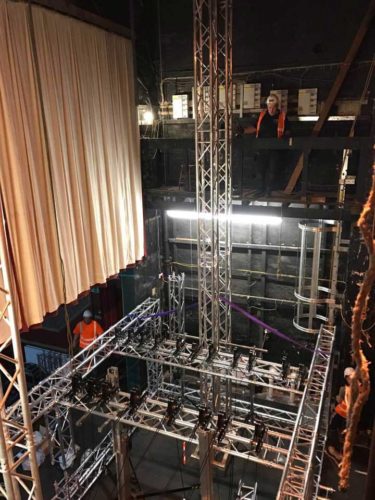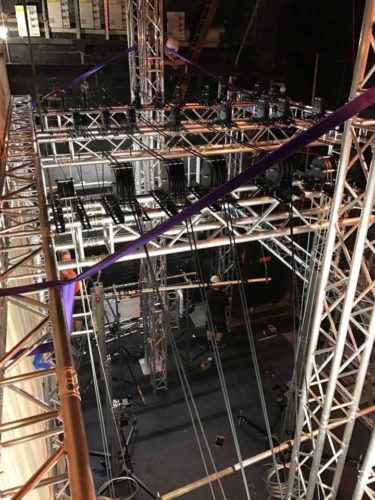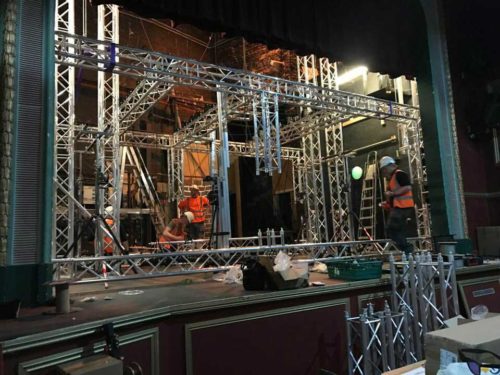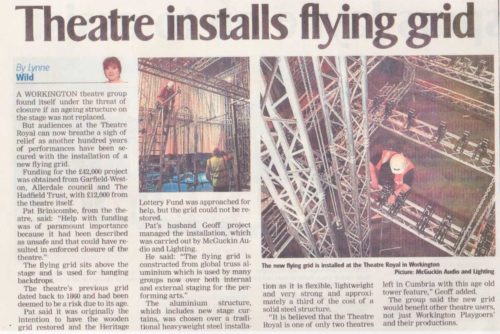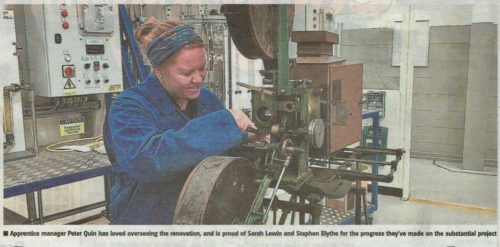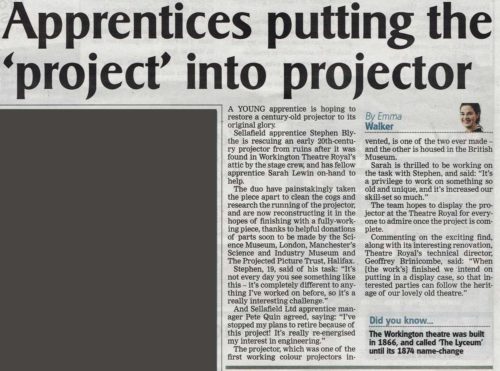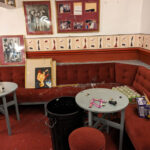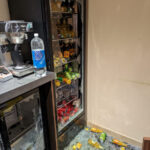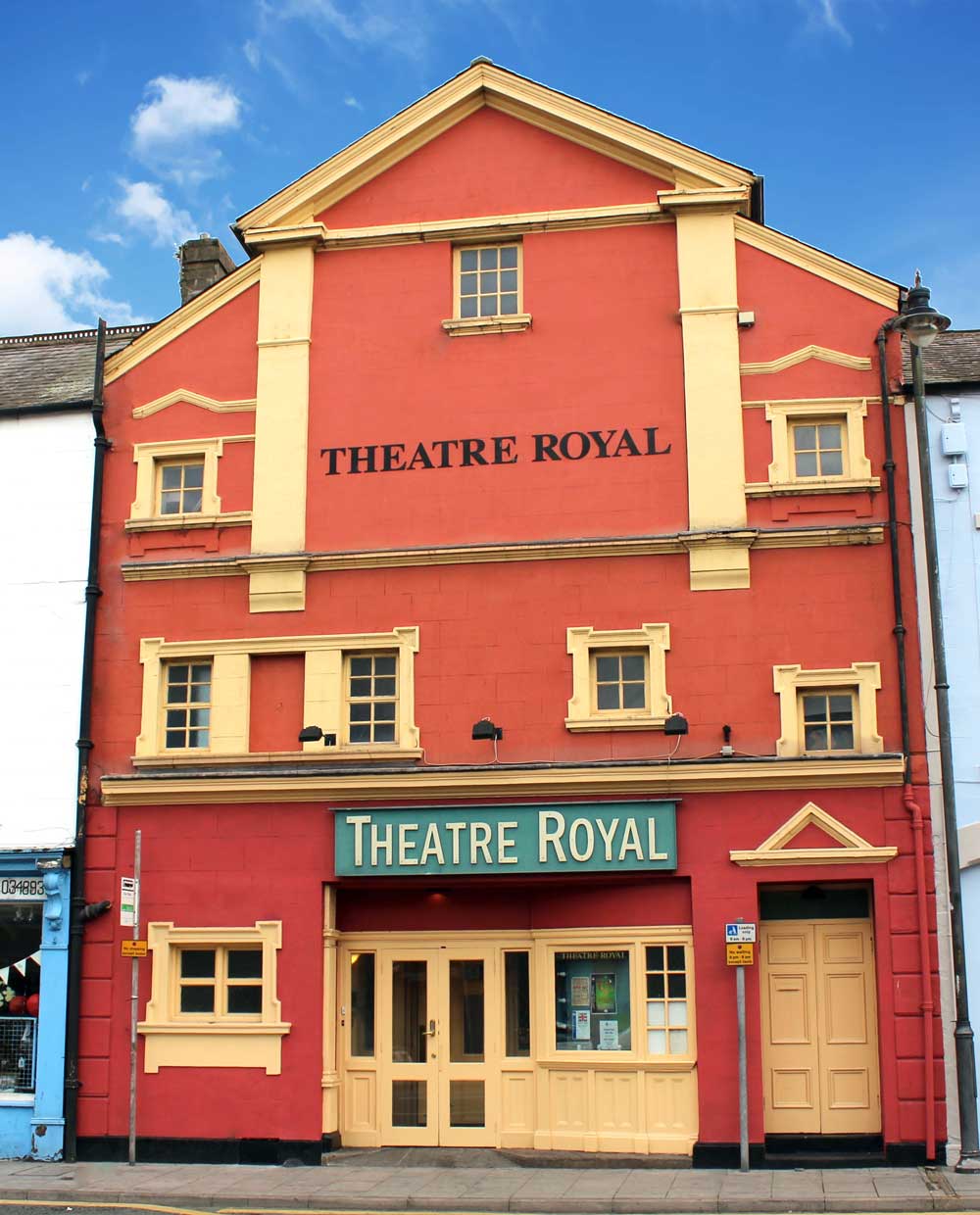
Theatre Royal, Washington Street, Workington
The Home of Workington Playgoers for 89 Years
1866
The original 700 seat theatre originally known as The Lyceum was built by George John Smith.
In those days Washington Street was the main trade centre of Workington and where better to build a theatre but on this busy thoroughfare. The market square was just around the corner so that Washington Street was thronged with the overflow from the busy market place. The theatre proved to be very popular with the production of Gilbert and Sullivan Operettas, Pantomimes, Old Time Music Hall with the presence of past melodrama by strolling players.
1874
The theatre was renamed The Theatre Royal.
1875
Playbill
1888
Pen drawing of George John Smith published in the Workington Star Saturday 1st December 1888
1897
The Jubilee Hall which became the Opera House was built on the site of the present Opera House in Pow Street. The first Opera House having burned down. The building of the Opera House resulted in competition and falling audiences for the Theatre Royal resulting in it’s closure after the turn of the century.
1907-1912
In 1907 Mac’s Variety and Cinematograph Shows had a short season playing once nightly and then twice nightly, for 1/- and 6d, but without success.
In 1908 Pictures and Vaudeville were offered to the public but that didn’t satisfy them, so pictures alone were offered during the winters of 1909 – 1912 at prices of 1d. and 2d.
1913 – 1932
Extensive alterations were then made – the Gallery being taken down as were the arms of the Balcony, and the building was redecorated. The seating capacity was reduced from 700 to just 376. The theatre was equipped for the showing of ‘real films’, as a new lease of life flowed from 1913 until 1932 when the building again closed, remaining so until it became the home of Playgoers in 1936
“Box Office receipts fell so much that, in 1907, Mac’s Variety and Cinematograph Shows took over once nightly. These soon became twice nightly, but at prices of 1/- and 6d for seats, they had to give way to Pictures and Vaudeville in 1908. Just as television today challenges live theatre, so the cinema did in the first decade of this century, and when seats at 1d and 2d were not occupied, some re-thinking had to be done about Mac’s. The gallery was removed, the wings of the balcony were clipped, and real pictures began in 1913 and lasted until 1932″
John Skelton – Golden Jubilee Brochure
1935
On 5th December 1935 at a meeting of 120 townsfolk, the Founder President Ieuan Banner Mendus successfully put the case for a new acting club and Workington Playgoers Club was formed. An appeal raised £48-10-0d to refurbish the theatre and to pay the monthly rent of £2.13.4d for the first 6 month lease. Membership was limited to 250 by the landlord (Graves Ltd) but was subsequently increased to 275 as 271 had signed up before the lease was formalised. How the 60 people on the waiting list must have fumed with frustration at not being in at the beginning of this exciting new venture, despite a membership fee of 5/-.
A quote from the minutes of that first meeting sketched the scheme, ” a society operating through six months of the year. giving opportunities to all who wished to act, holding private and public and other meetings, and appealing to those wished to act and to those who wish to watch” S.B. Beck (Secretary)
1936 – 1945
The first public performance in the Theatre, Sutton Vane’s Outward Bound ran for 3 nights only in April 1936 as our lease restricted the Club to only 6 public performances per annum!
The Club continued to thrive and membership rapidly reached 300 with a waiting list of 210 by 1940. Despite the war, the Club put on 2 public and 2 private performances, held 2 play readings, 2 dances, 2 concerts and 3 social evenings every year. By the 10th anniversary in 1945 the Club was highly regarded as one of Workington’s cultural treasures.
2024
Professor Faye Hammill asked permission to use these photographs in talk she is giving at The Paul Mellon Centre in May 2024.
1950
The wooden seats in the Stalls (2/-d or 1/-d on the 8 back rows) and the narrow seats on the balcony (2/6d) were replaced and the floor of the theatre was raked to improve the view of the Stage. Subsequent improvements in the seating have progressively reduced the capacity from 376 to 314 to 254 to today’s capacity of 149.
1956-1957
Theatre Preservation Fund
The Cumberland County Council introduced new and stringent regulations controlling the safety precautions in public halls and theatres. The members of Playgoers set to to raise the funds over the next months by organising raffles, bring and buy sales, light-hearted concerts and draw for £10 shopping vouchers.
1960
Workington Playgoers Club celebrated its Silver Jubilee. There were 10 public performances involving 79 actors.
1961
Workington Playgoers Club with a membership of 400 successfully negotiated the outright purchase of the Theatre Royal. The members contributed £3,000 towards the purchase price and necessary repairs. The number of public performances was increased to 5 a year.
1976
Workington Playgoers Club was granted charitable status
Theatre Royal Development Programme
1976
It began when two adjoining 3-storey properties of 26 and 28 Wilson Street at the rear of the theatre in Wilson Street were purchased. Here was the opportunity to incorporate these into the Theatre and provide the much needed workshop, storage and wardrobe space, dressing rooms as well as multi-purpose rooms for readings, committee and social use by patrons and members.
Theatre Royal Development Programme
1977 – 1978
The Theatre Royal Development Funding programme under the chairmanship of Cdr. Michael Lyne was launched on September 13th 1977. The cost of the work the Playgoers wished to carry out was £35,000. This target amount was reached within seven months of launching.
The Main Contractor was Lightfoot’s Builders of Maryport.
Playgoers soon had extensive storage for their props and wardrobe . They had new dressing rooms, which had previously been under the Auditorium. A large workshop area suitable for storing flats and building sets was also developed. The old dressing rooms were given over to storage. At last Playgoers had an oak-beamed rehearsal room with a modern kitchen attached on the top floor. It was soon being used as a studio theatre by the early 1980s.
1984
Launch of the Golden Jubilee Fund
Masterminded by Ian Mitchell. Prize money totals £2,560 per year, featuring four large prizes and 48 ‘return of stake prizes’ each year- all for £1 per month.”It’s the only time the Playgoers has given money away!” Ian Mitchel Times and Star October 11 1985.
1985
Workington Playgoers Club celebrated its Golden Jubilee.
‘Funding Playgoers’ by Philip Heal from Playgoers’ Golden Jubilee Brochure.
1986
Workington Playgoers joined the Little Theatre Guild (LTG) a co-operative of independent theatre groups or societies which are self-governing and which put on a regular programme of stage plays which are non-commercial in character in their own theatres.
1994
First woman President in over 30 years. First time the club had had a woman President, Margaret Graham and Vice-President, Jenni Rushton
1994
Reforming of the Theatre Royal Youth Section. Their first production was The Oz that Woz performed in January 1995
1995
Workington Playgoers Club celebrated its Diamond Jubilee.
John Skelton’s ‘Look Back in Pride” from Playgoers’ Diamond Jubilee Brochure
1999
Theatre Royal was re roofed by Pears and Torney
2010
Established Limited Company status.
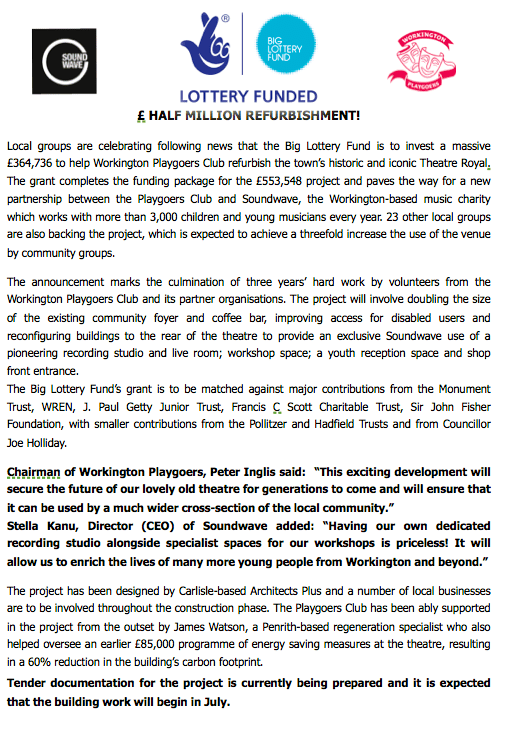
2015
Workington Playgoers celebrated its 80th Birthday.
2016
Reopening of the THEATRE ROYAL after refurbishment. There was a GRAND OPENING to mark the occasion.
2019
Installation of the new Flying Grid. Installed by McGuckin Audio and Lighting.
2019
Sellafield apprentices restore a century-old projector found in the Theatre Royal’s attic.
2020
Theatre Royal closed until further notice
TIMES AND STAR – 19th March 2020
Theatre Royal closed until further notice
By Melissa Major @mmajor95
FOLLOWING advice given earlier this week, Workington playgoers decided they had no alternative but to close the Theatre Royal in Workington until further notice.
This is to avoid contributing to the spread of Covid-19.
Kelly Davis, publicity director, said: “We do not believe that it is practical or responsible for us to stage shows while people’s health is at serious risk.
“This means the performances of ‘Di and Viv and Rose’ which were due to start on 17 March and end on 21 March will now not take place. In addition, all other events to be held at the Theatre Royal (including guest shows and dance festivals) are cancelled until further notice.
“To arrange for refunds for previously purchased tickets, please email our treasurer, Gilda Wells, on info@nulltheatre-royal-workington.co.uk or leave a message on our answerphone (01900 603161).
“We are determined to survive, and to get our shows back on track as soon as possible. Please check our website and Facebook page for regular updates.
“Thank you for your support.”
2023
TIMES AND STAR – 6th December 2023
Reporter Bridget Dempsey
Four teens arrested after vandalism at Theatre Royal, Workington
The show will go on at a Workington theatre, despite a ‘mindless’ attack on the premises by vandals last week.
The Theatre Royal, on Washington Street, will continue with its performances of ‘Last of the Summer Wine’ which starts tonight, December 6, despite the attack which caused a ‘scene of devastation’.
The theatre is known to many in the area as ‘a heart of the community’ with a social media statement describing the vandalism ‘an appalling crime against all of us and we are deeply saddened’.
A spokesman for the Theatre Royal said: “Imagine the shock when entering the building earlier this week to find a scene of devastation. The foyer bar had been ransacked; chairs overturned, the row of glass fridges smashed to smithereens and the recently stocked shelves completely emptied. The devastation continued up the stairs to the small mezzanine bar with alcohol spilling down the stairs. Glass-framed photographs smashed, carpets and walls awash with alcohol. The laptop computers and other technical equipment were either missing or destroyed.”
The playgoers sent out a message asking people in the town to help urgent replacement of equipment and tasks such as redecorating the mezzanine bar, donations to the funding link, and help towards new CCTV, fridges, laptops, microphones, and technical equipment.Members of the playgoers are encouraging people to attend to this week’s show, the Workington Playgoers production of Last of the Summer Wine from December 6-9 to support the Theatre.
You can also support the theatre by becoming a ‘friend’ of the Theatre Royal. More information can be found on their website.
Speaking about the incident, chairperson Anne Bowmer said: “It was a terrible shock to find that someone or persons had mindlessly violated our theatre in this way.”
Police were called at around 6.25pm on last Wednesday, November 29 to a report that the Theatre Royal, Washington Street, Workington, had been broken into and items stolen from within. Police attended the scene.
Through the generosity of individuals, companies and organisations Playgoers have received donations that have enabled all the damage to be repaired and replaced.
Workington Playgoers are still putting on plays, hiring the theatre out to local and national companies who wish to perform in our beautiful theatre and looking forward to celebrating our 90th Anniversary in 2025!
